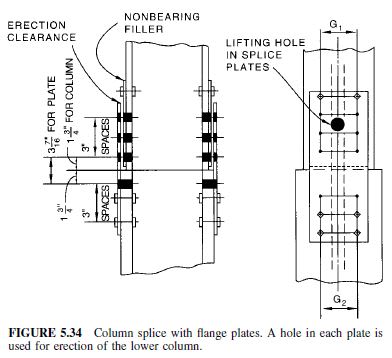Veer007
Civil/Environmental
- Sep 7, 2016
- 379
Hey Guys, this may sound silly, I have a suspicion, Have you ever thought about this direct bearing splice connection? Is this structurally acceptable when two part connected with the bolted connection that one part allowing another part to bear itself directly on?

Thanks in advance!!

Thanks in advance!!
